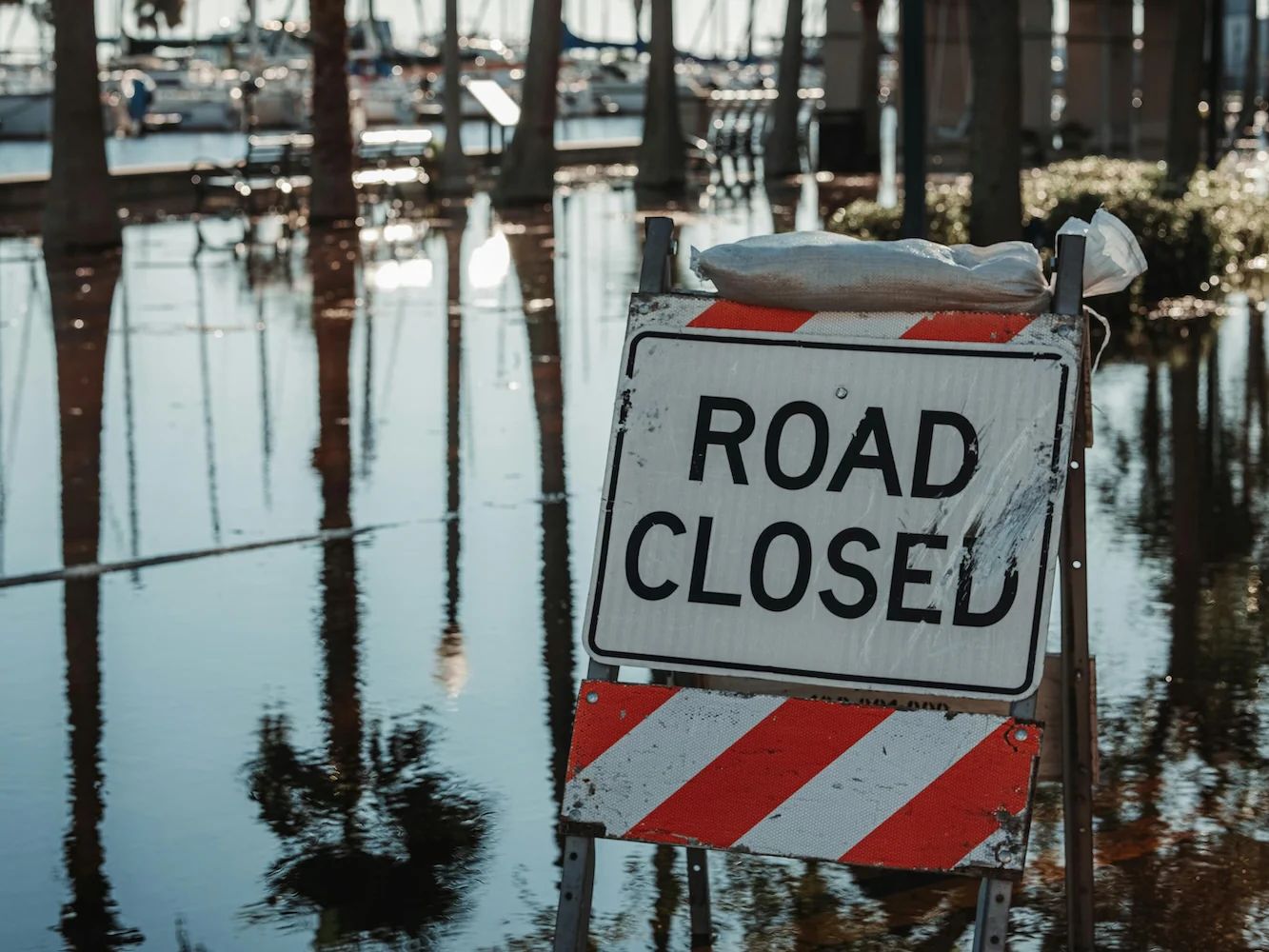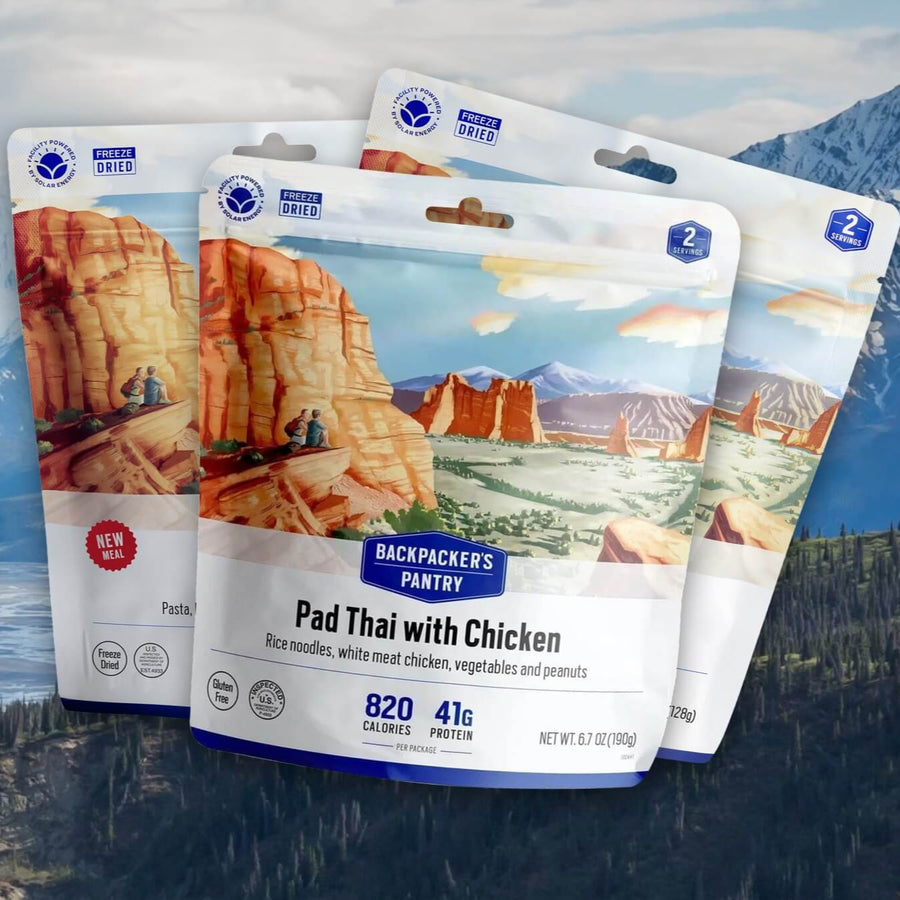Our Guide to Emergency Food Storage

No matter where you live, having an emergency food supply is more than just a wise precaution—it’s a lifeline. Natural disasters, power outages, global pandemics, political unrest, and even war can strike without warning, and being prepared means being able to weather these storms without panic. A well-stocked emergency food supply can provide peace of mind, knowing you have the resources to take care of yourself and your household during any length of crisis.
Assess Your Emergency Food Needs
Before you dive into food storage, it's essential to assess your household's specific needs. Start by considering the number of people living in your home. Each member's dietary requirements should also be taken into account, such as:
- Allergies and Intolerances: Keep in mind any allergies, such as nuts or gluten intolerance, which could limit your food choices. What is the severity of the allergy? This will affect where the food is stored.
- Vegetarian and Vegan Options
- Baby Food and Pet Food
Duration of Supply
How long should your emergency food supply last? While a minimum of three days is critical for your basic disaster supply kit, you need to consider your biggest concerns of reasons you’d need survival food and work from there.
A general formula to calculate your supply needs is to plan for at least 1,500-2,000 calories and one gallon of water per person per day. This can vary depending on age, activity level, and specific dietary needs.
Types of Foods for Emergency Supply and Considerations
Non-Perishable Foods

The cornerstone of any emergency food supply consists of non-perishable items. Here’s a closer look at some options for your emergency food supply:
- Freeze-Dried and Dehydrated Foods: These are lightweight and have long shelf lives, depending on the brand/meal. Freeze-dried retains most of its nutrients and flavor, while dehydrated food does see some loss of vitamin and mineral nutrients and the flavor profile may change a bit. They retain most of their nutrients and can be easily rehydrated when needed. Backpacker’s Pantry Emergency Survival Meal Kits can last up to 10 years.
- Canned Goods: These are great for protein sources (like canned meats or beans) and can last for several years. As a general rule canned meats, seafood, and low-acid canned foods are good for three years of their expiration date, and high-acid canned foods are good for two years within their expiration date.
- Dry Non-Perishables: Think rice, pasta, and legumes—these provide essential carbs and are relatively easy to store. Just make sure moisture stays out of these bags.
Comfort Foods
During emergencies, maintaining morale is crucial. While they might not be the most shelf stable, comfort foods can last, and in the lucky chance you don’t need them before their expiration date, you can just enjoy them at home. We suggest including some comfort foods in your survival food kits like:
- Instant coffee
- Astronaut ice cream
- Chocolate
- Snacks like granola bars or fruit snacks
- Freeze-dried desserts
Nutritional Value
When selecting foods, calories are critical, but you should also consider the nutritional balance. Aim for a mix of proteins, carbohydrates, vitamins, and minerals. Having a variety helps ensure you meet your nutritional needs even in challenging times. That’s why freeze-dried meals go a long way to ensure a balanced diet, even when fresh options aren’t available.

How to Store Emergency Food
What to Avoid
To keep your emergency food supply in optimal condition, avoid the following:
- Heat: High temperatures can degrade food quality.
- Light: Direct sunlight can lead to nutrient loss.
- Moisture: This accelerates spoilage.Consider a dehumidifier and vacuum sealing.
- Pests: Store food securely to keep out insects and rodents.
- Oxygen: Consider vacuum sealing to extend shelf life.
- Overstocking: While it’s tempting to stockpile, focus on essentials to prevent waste and clutter. Quality over quantity is key.
Containers and Location
Choose sturdy containers that seal tightly. Ideal storage locations include basements, closets, or utility rooms—any place that maintains a consistently cool temperature. Avoid attics and garages due to fluctuating temperatures.
Emergency Water Storage and Hydration
Don’t overlook hydration! The general guideline is at least one gallon of water per person per day. There is no such thing as too much water. For water solutions, it’s important to have a variety of methods/options available to you:
- Bottled Water: Convenient but requires periodic checks for leaks. Gallon jugs are fantastic for flushing toilets, as well
- Water Purification Tablets: Useful for emergencies when tap water isn’t safe
- Water Filters: Invest in portable filters for additional convenience and water safety
Tools and Supplies to Support Food Preparation
In an emergency, having the right tools can make food preparation easier. Consider including:
- Portable Stove or Grill: Make sure you have enough fuel and you have the proper ventilation system to not run into any issues using it in an emergency
- Stormproof Matches: They are more reliable than lighters for storing for long periods of time (and can get wet)
- Basic Cooking Utensils: Bowls, cutlery, and a can opener are must-haves
- Extra Pocket Knives and Multi-Tools
Tips for Easy, Balanced Emergency Meals
To maintain energy and morale during emergencies, focus on meals that require little to no cooking. Consider options that combine vegetables, grains, and proteins for a balanced diet. One-pot meals or no-cook options can be lifesavers when resources are limited. Freeze-dried meals or one-pot chili combine a variety of foods with little effort.
Special Considerations for Pets and Babies
If you have pets or infants, ensure you have adequate supplies for their needs as well:
- Pet Food Storage: Just like human food, it should be stored properly to ensure freshness.
- Baby Essentials: Stock up on formula and baby food, along with any necessary feeding supplies.
Tips for Updating and Maintaining Your Emergency Food Supply
Keep your emergency food supply in check with these practices:
- Set Reminders: Regularly check expiration dates to avoid surprises.
- Rotate Supplies: Use the First In, First Out (FIFO) method to keep your stock fresh.
- Assess Household Needs: Periodically review dietary changes or family size adjustments.
In Conclusion
Staying prepared with an emergency food supply is an essential step toward ensuring your (and your loved ones’) safety and well-being during unforeseen events. Remember, being prepared fosters peace of mind, allowing you to face unpredictable situations with confidence.





